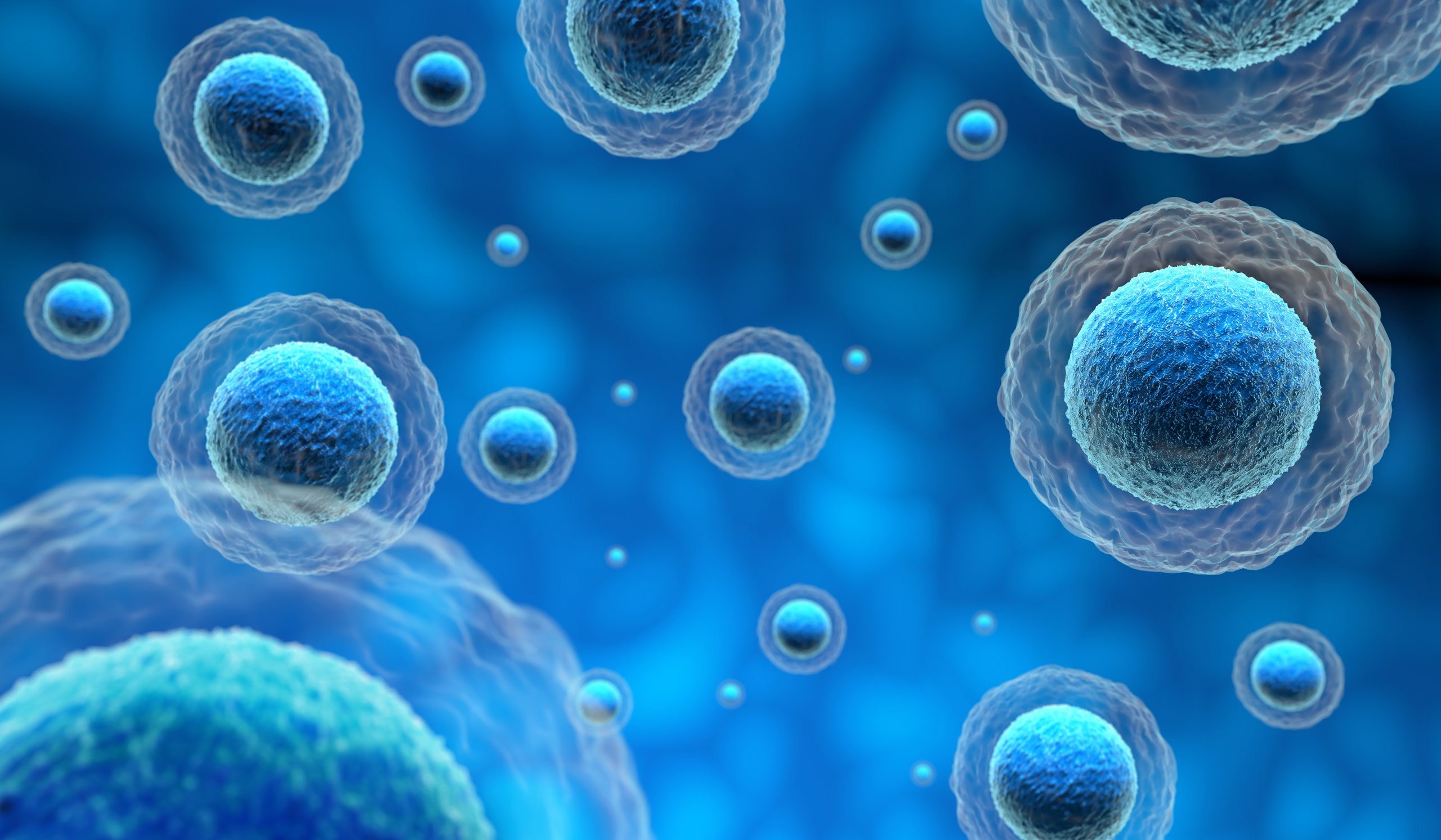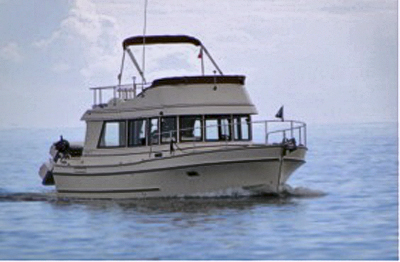The Biology of Boundaries
Personal boundaries. Many of us are curious about our own. Some are in professional roles where we support others in discovering their boundaries. In this article, Matthew van der Giessen, RMT and somatic practitioner, connects the idea of boundaries and identity to our anatomy and cellular makeup. He introduces us to some of the concepts and practices he’ll dive more deeply into in his Anatomy and Expression programs at The Haven in 2019. Whether you’re interested in exploring your own awareness and body wisdom or you support clients through Integrative Body Psychotherapy, Somatic practice, bodywork or other hands-on therapies, we welcome you to discover, learn, and explore body, boundaries, and identity with us.
By Matthew van der Giessen, Haven Faculty Member and Leader of Anatomy and Expression programs.
I’m standing at the front of a conference room, filled with people in rows of folding chairs. “Breathe into your body, feel yourself sitting in your chair”, I tell them. “Now move your chair until you feel like you have the space you need.” There is a brief pause, and then the room is filled with the sound of scraping chairs. When the noise finally settles, the room is an explosion of chairs, spread from wall to wall across the available space. “Breathe into your body again”, I suggest. “Feel yourself in your chair.” The room has changed. A calmness has settled over us.
A sense of personal space is not just something that we feel in our body. It is a palpable distance between ourselves and others. On average, and if we have choice, it is approximately the distance of an outreached arm, the outer limits of our ability to push away…or pull closer. But as my experience in the workshop shows, we are constantly negotiating that sense of space, often pulling ourselves in and vacating our space as others move into it. As a result, we can sacrifice our vitality, and our ability to test the sensory field of our organism that tells us how we need to be if we are to be fully authentic in this moment.
That sense of space is archetypal. From the organization of life in a cell to the shape of the galaxy we live in, the template of the vessel holds and shapes identity by defining inside and outside. What is inside is us, our home; what is outside is the ‘other’.
The shape of a cell is not just the vessel of physical identity, it is also the template for our interaction with the world. A cell has two basic movement directions: it streams toward the nurturance that it wants to ingest and make part of its identity, or away from a threat that might want to absorb the cell into its identity. As a cell moves towards contact or withdraws from it, movement is organized through protoplasmic streaming in a cell (wait a moment for the gif to load). Which isn’t really that different from the energetic movement we feel in our bodies. Even though human movement may be organized through sophisticated interactions of muscles and nerves we have all felt the primal energetic streaming that happens when we withdraw or open towards each other.
At the physical edge of identity, a cell membrane is exquisitely selective about what crosses the barrier. The semi-permeable quality of the membrane allows it to open its pores to absorb substances that support its identity, or to close them, keeping out those that might diminish it.
Just like a herd of muskox protecting the young and weak from a pack of wolves by forming into a formidable circle of outward facing horns, or an African krall that closes it’s gates to keep out predators at night, our ability to open and close our boundaries in response to changing conditions is essential to maintaining the integrity of our identity.
But when our boundaries do get crossed, the experience of “other” infuses itself into our space. It can become difficult to differentiate between self and other, to know how to speak for what we need. This is where we might need to access the developmental stance of the two year old, asserting identity by saying, “no”, As she reclaimed her embodied identity, one person I worked with once told me, “I couldn’t say ‘yes’ until I could say ‘no’.”
But the boundary doesn’t just provide a place where move into engagement with the world, it is also a mirror to our identity. When we withdraw from meeting with the world, we lose the immediacy of knowing life as it is in this moment. Without that information, we can only draw upon past experience, using habituated responses that, without vital information from the moment, tend to be defensive and reactive, often anticipating the worst. We lose the fluidity of the ‘dance with life’ that comes from real time interactions, often tensing in a scripted response to life informed by a reconstruction of past experience.
In the Anatomy and Expression workshop series I will be holding this coming year at The Haven, each concept you will learn is grounded through contributions from a wide range of somatic practices, helping you take each concept to the body. Proximity exercises inspired by Integrative Body Psychotherapy allow you to access the native wisdom of body awareness, telling you when the ‘other’ is too close, too far, or just right. Sensing practices first developed almost 100 years ago by somatic pioneer, Elsa Gindler, help deepen your understanding of how you meet with the world as an embodied being. The Felt Sense of Eugene Gendlin helps you listen internally to the unfolding relationship between self and other. And contributions from Contact Improvisation will support you in exploring the sensory immediacy of interactive movement.
The Anatomy and Expression workshop series will help you understand how your identity is grounded in your biology. Whether in everyday relationships or in work as a helping professional, you will learn how to inhabit yourself more fully. You will deepen your ability to meet others from a place of embodied being, present to the story that is waiting to be heard.
Anatomy and Expression Workshop I: March 8-11, 2019: https://haven.ca/program/session/anatomy-and-expression-mar-8-11-2019
Anatomy and Expression Workshop II: August 23-26: https://haven.ca/program/session/anatomy-and-expression-aug-23-26-2019






